How Artinis fNIRS systems are ideal for monitoring the brain of sensitive participants
Functional Near-Infrared Spectroscopy (fNIRS) is a non-invasive neuroimaging technology measuring relative concentration changes in oxygenated and deoxygenated hemoglobin, which reflect brain activity in local cortical regions. It can be applied in various fields in subjects of any age, skin color, or condition — also in sensitive participants, such as children, the elderly, or the clinical population, which might require shorter set-up time, more freedom to move around, and extra comfort.
In this blog post, we explain, why fNIRS is a suitable tool to be used in sensitive participants, and how it is currently applied in this population.
Why use fNIRS in sensitive subjects?
fNIRS offers different advantages that make it a suitable tool, especially for usage in more sensitive participants. First, as mentioned above, it is non-invasive, easy to use, and provides a relatively short set-up time. This is especially important in subjects that may not be able to comply and/or to stay still for a long period of time, such as toddlers and infants.
Due to recent technological developments, fNIRS devices often are wearable or portable and thus allow to conduct experiments that include movement, outside of typical laboratory settings. Further, fNIRS is less prone to movement artifacts in comparison to other neuroimaging technologies, such as EEG and fMRI. Taken together, using fNIRS to study brain activity does not require sitting still during experiments, and even enables measuring in more naturalistic settings.
Using fNIRS to measure brain activity in elderly
Due to the worldwide aging population, understanding aging-related constraints and diseases is becoming more and more important. Hence, recently fNIRS is increasingly used in older subjects in different application areas, such as neuroscience and clinical fields, to assess executive, motor, or cognitive performance. Lately, Dual Task paradigms, usually simultaneous conduction of a motor task (e.g. walking) and a cognitive or executive task (e.g. arithmetic calculation), are frequently used to assess cognitive function in the elderly. Research is being performed in:
Healthy elderly, for instance, to test improvement strategies of cognitive and motor assessment, such as exercise programs.
Healthy old vs young adults to compare brain activity in different brain regions.
Diseased older population to investigate brain function in age-related diseases with neurological symptoms, such as Parkinson’s, Alzheimer diseases or stroke; and to test the effectiveness of rehabilitation and therapy approaches.
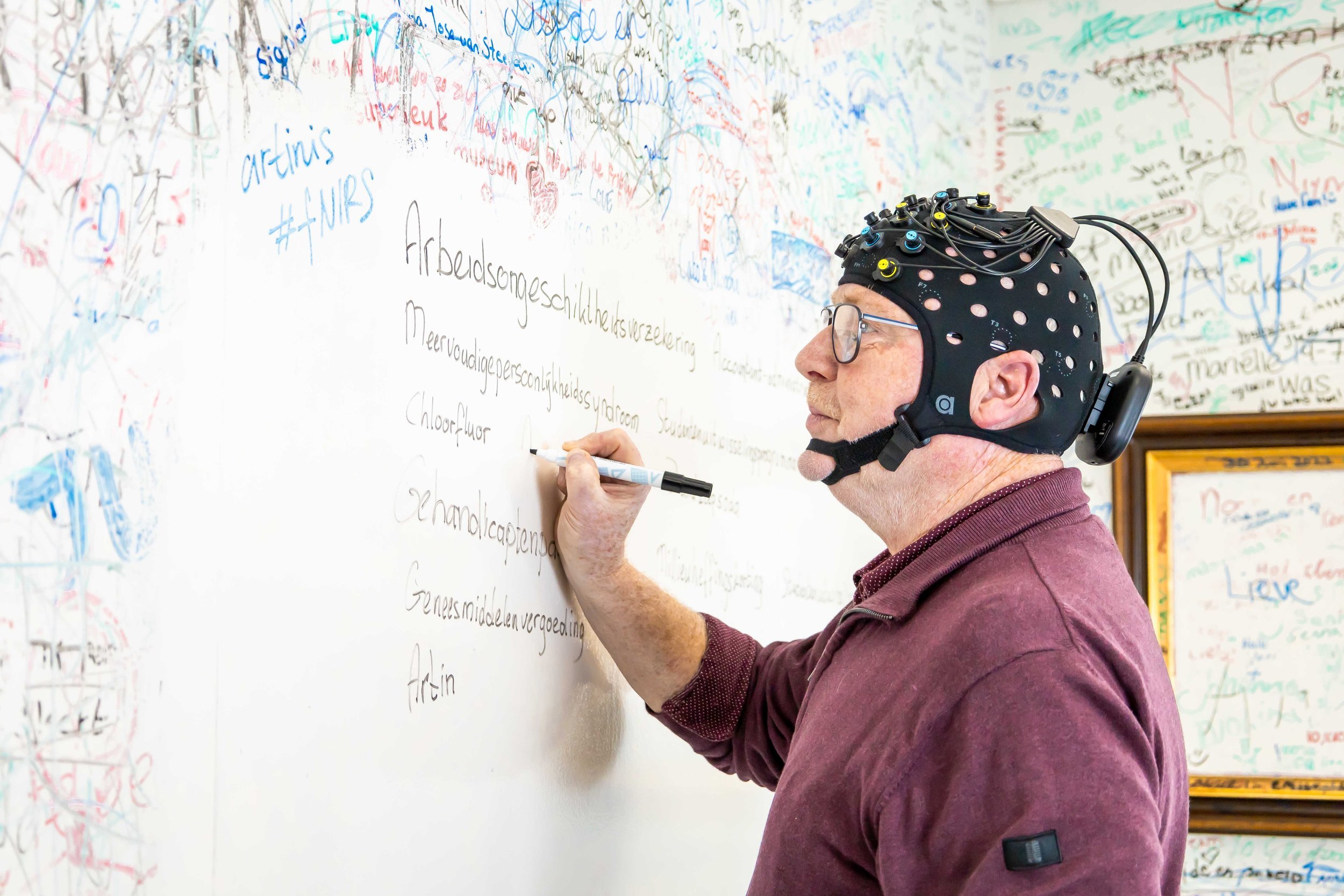
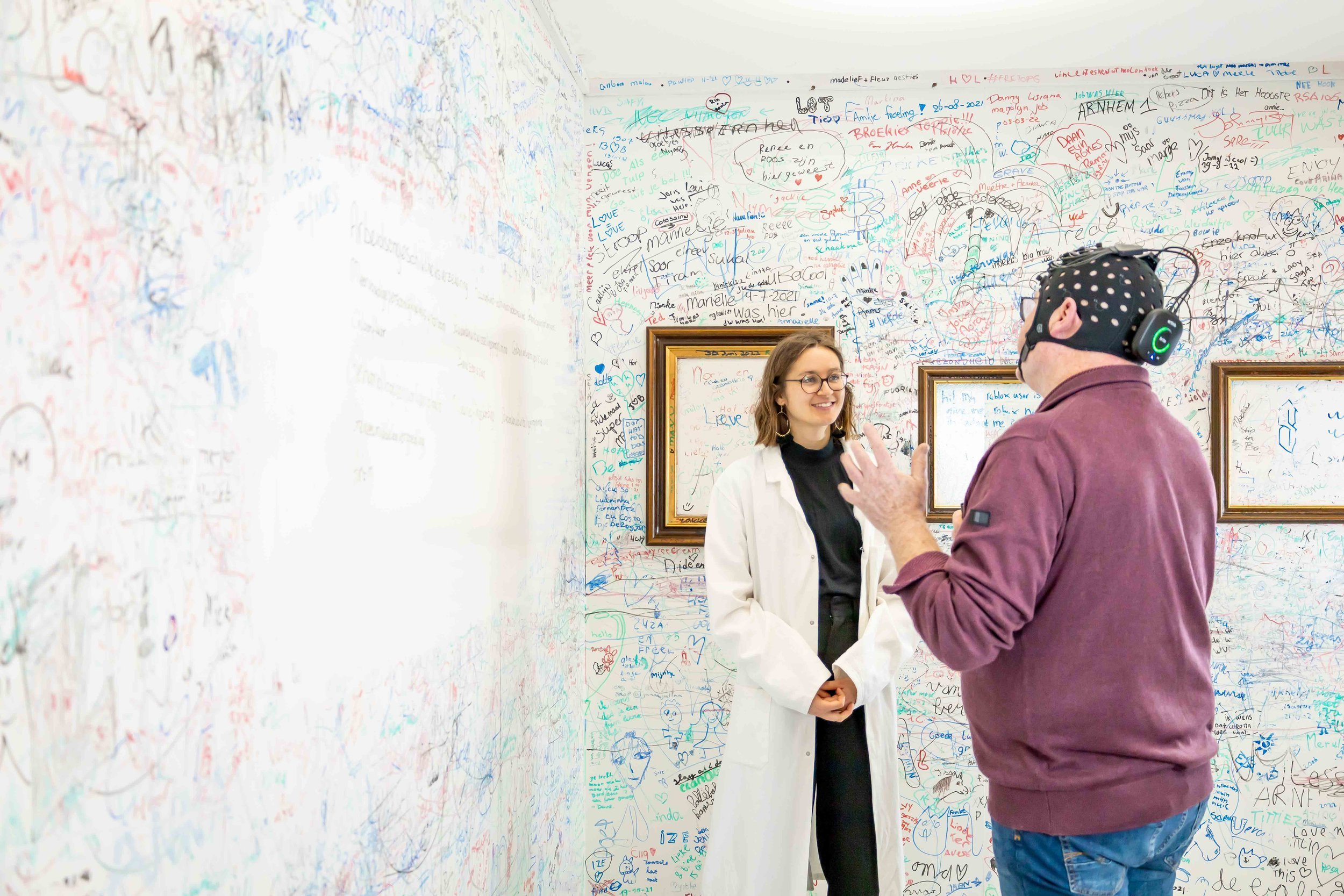
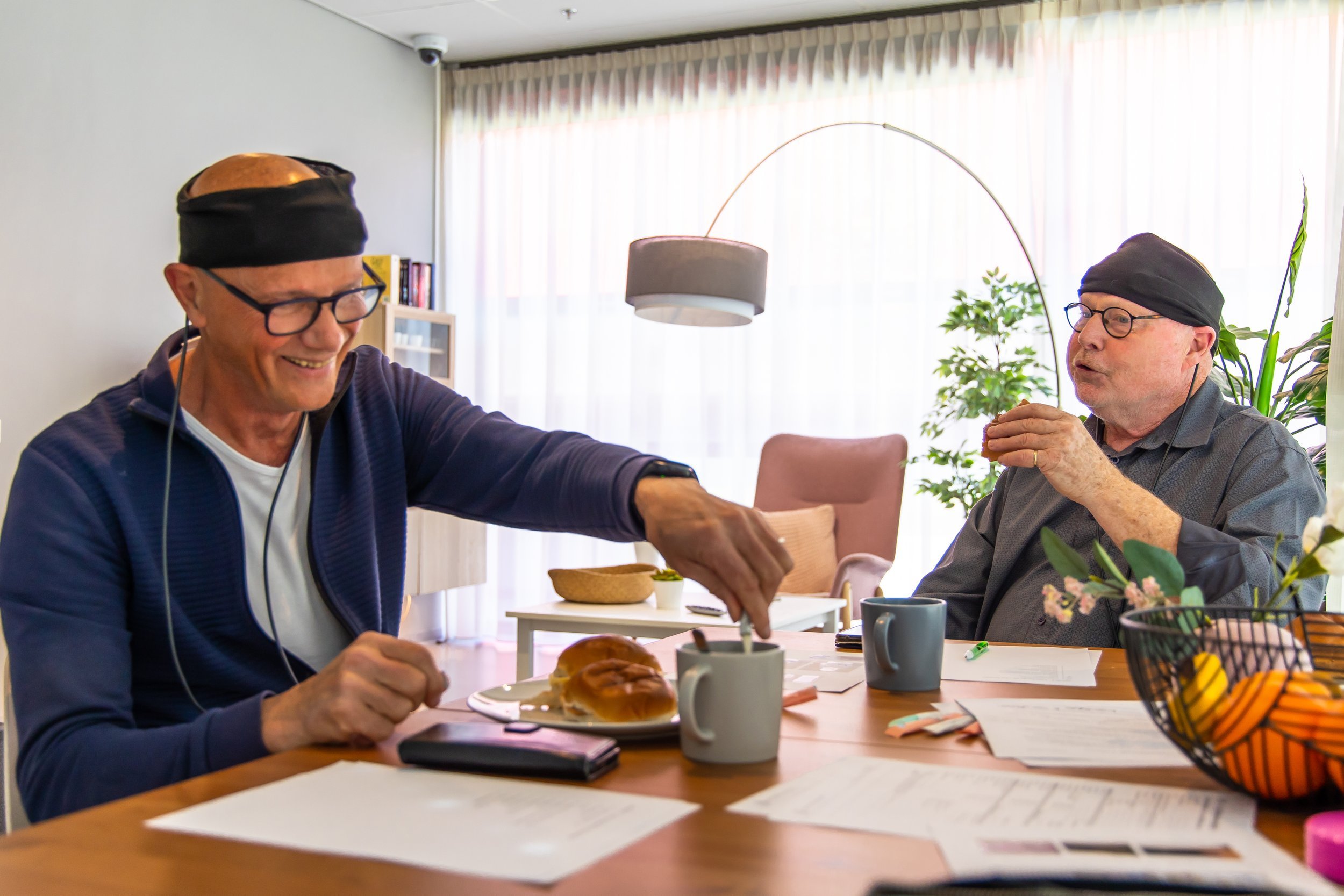
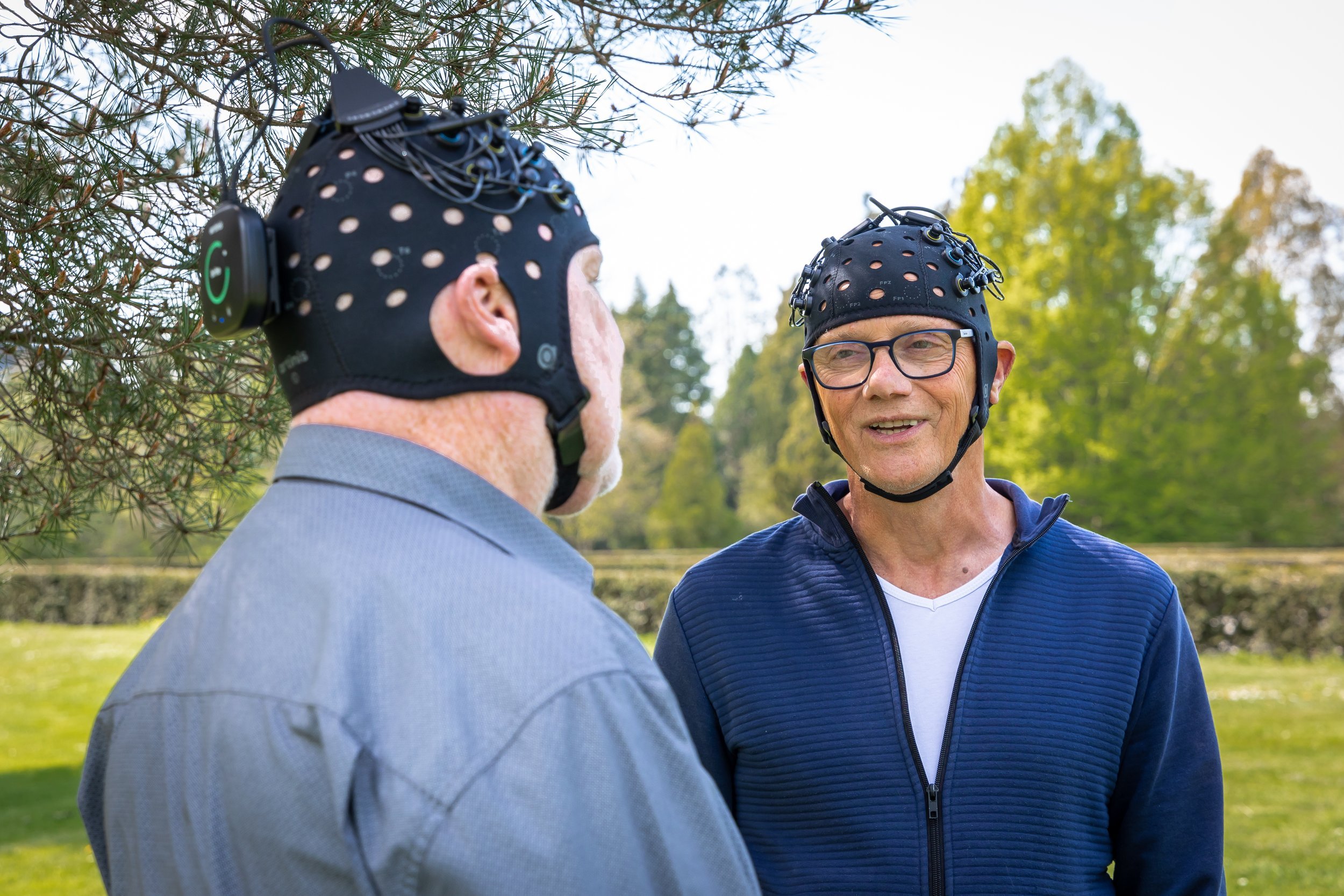
In the following, we list some interesting research that was performed on healthy and diseased elderly using our fNIRS devices:
Vitorio R et al. (2021). Changes in prefrontal cortical activity and turning in response to dopaminergic and cholinergic therapy in Parkinson's disease: A randomized cross-over trial. Parkinsonism Relat Disord. May;86:10-14.
Germain C et al (2022). Effect of the Level of Physical Activity on Prefrontal Cortex Hemodynamics in Older Adults During Single- and Dual-Task Walking. J Aging Phys Act. Jul 12;31(1):96-104.
Pellegrini-Laplagne M et al (2022). Acute Effect of a Simultaneous Exercise and Cognitive Task on Executive Functions and Prefrontal Cortex Oxygenation in Healthy Older Adults. Brain Sci. Mar 28;12(4):455.
Using fNIRS to measure brain activity in infants and toddler
fNIRS also finds frequent application in research studying the developing brain in infants, toddlers, and children. Here, fNIRS is used to study brain activity in:
Studies investigating the executive or cognitive function of infants and toddlers.
Linguistic research to evaluate language development.
Developmental psychology, for instance, to assess social interaction of infants / toddlers with either caregivers or peers. Hereby often a hyperscanning approach is used, meaning simultaneous fNIRS measurement in multiple subjects.
Clinically diseased infants and children suffering from developmental diseases, such as ADHD, or ASD.
Preterm infants to investigate brain oxygenation in different regions.
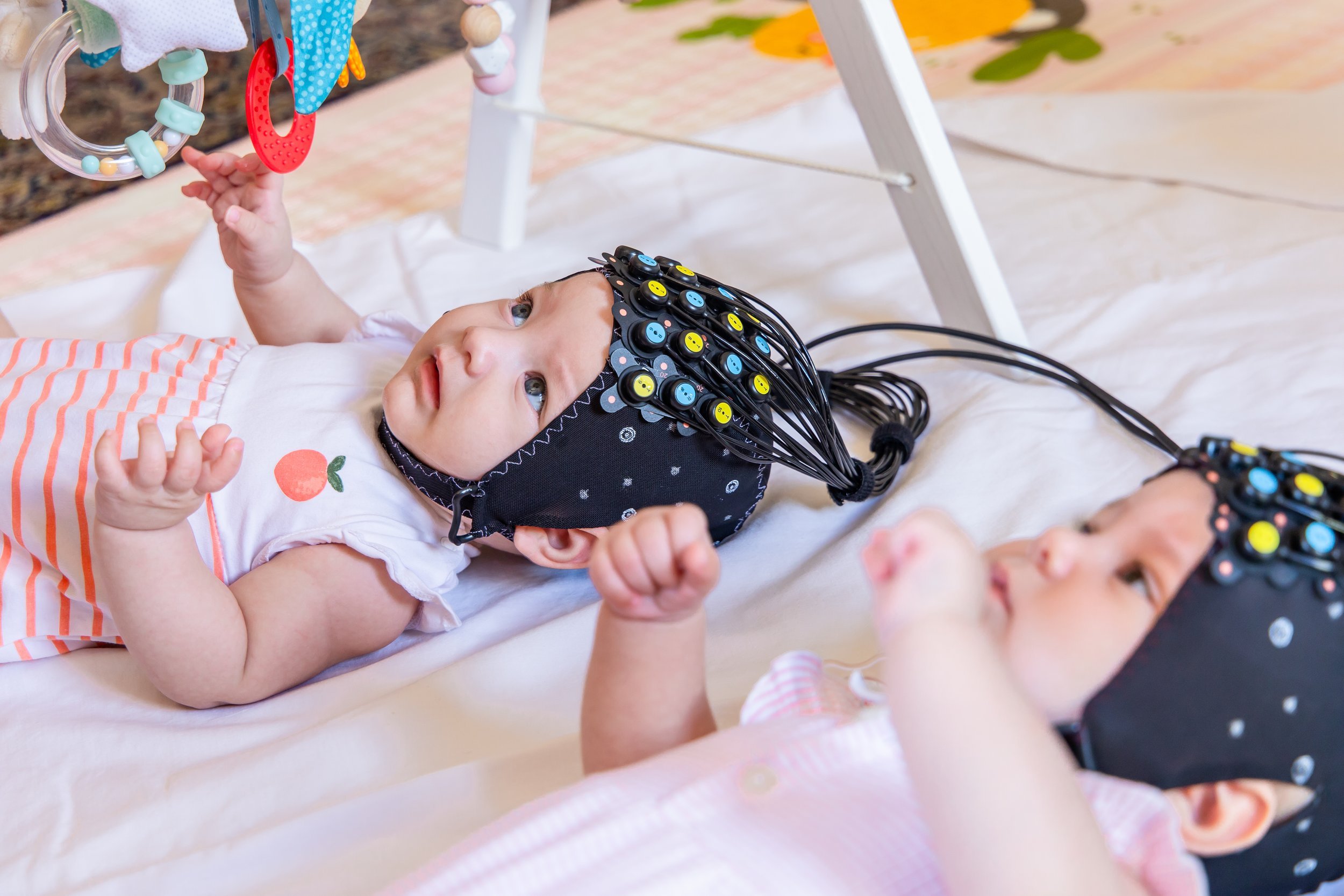
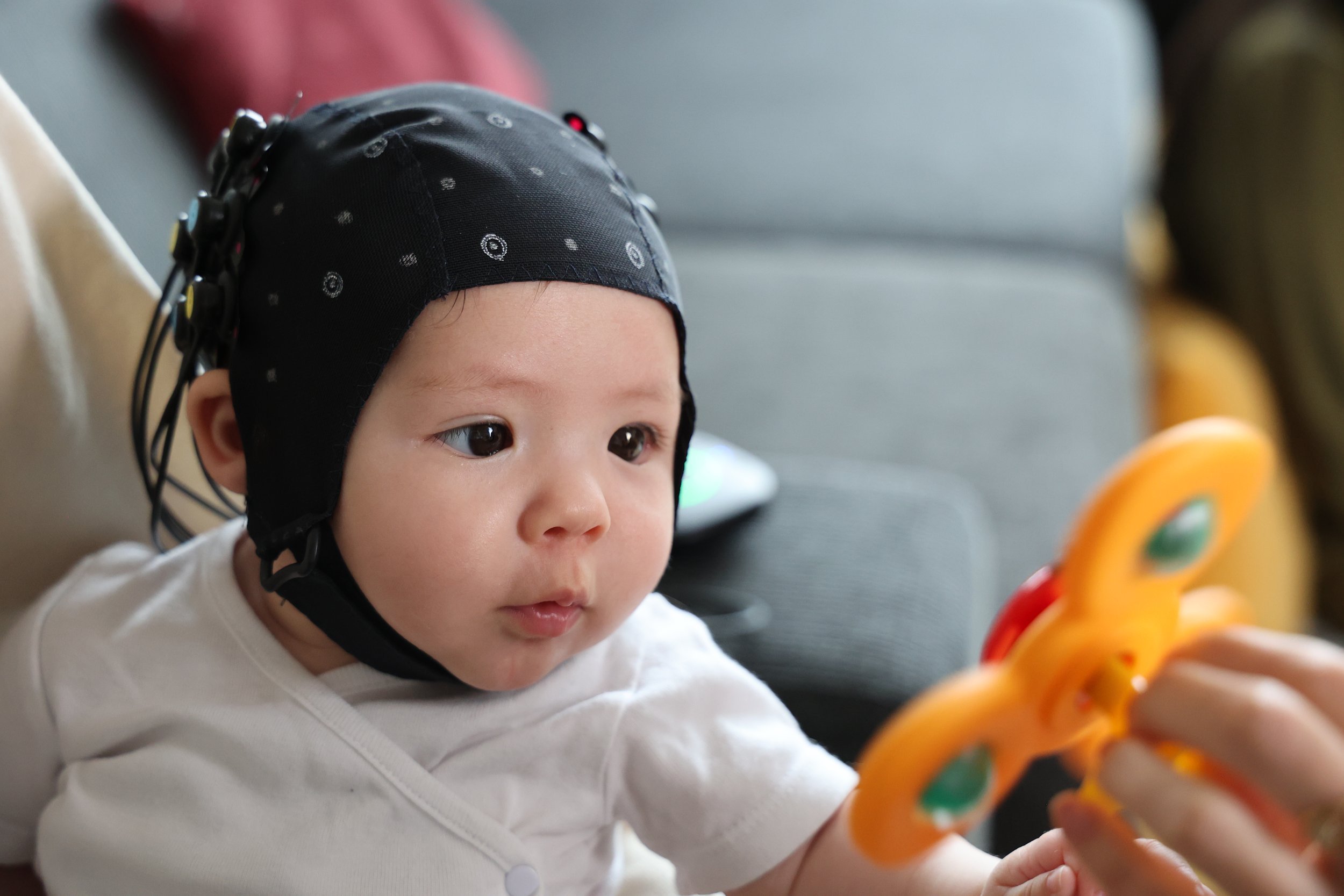

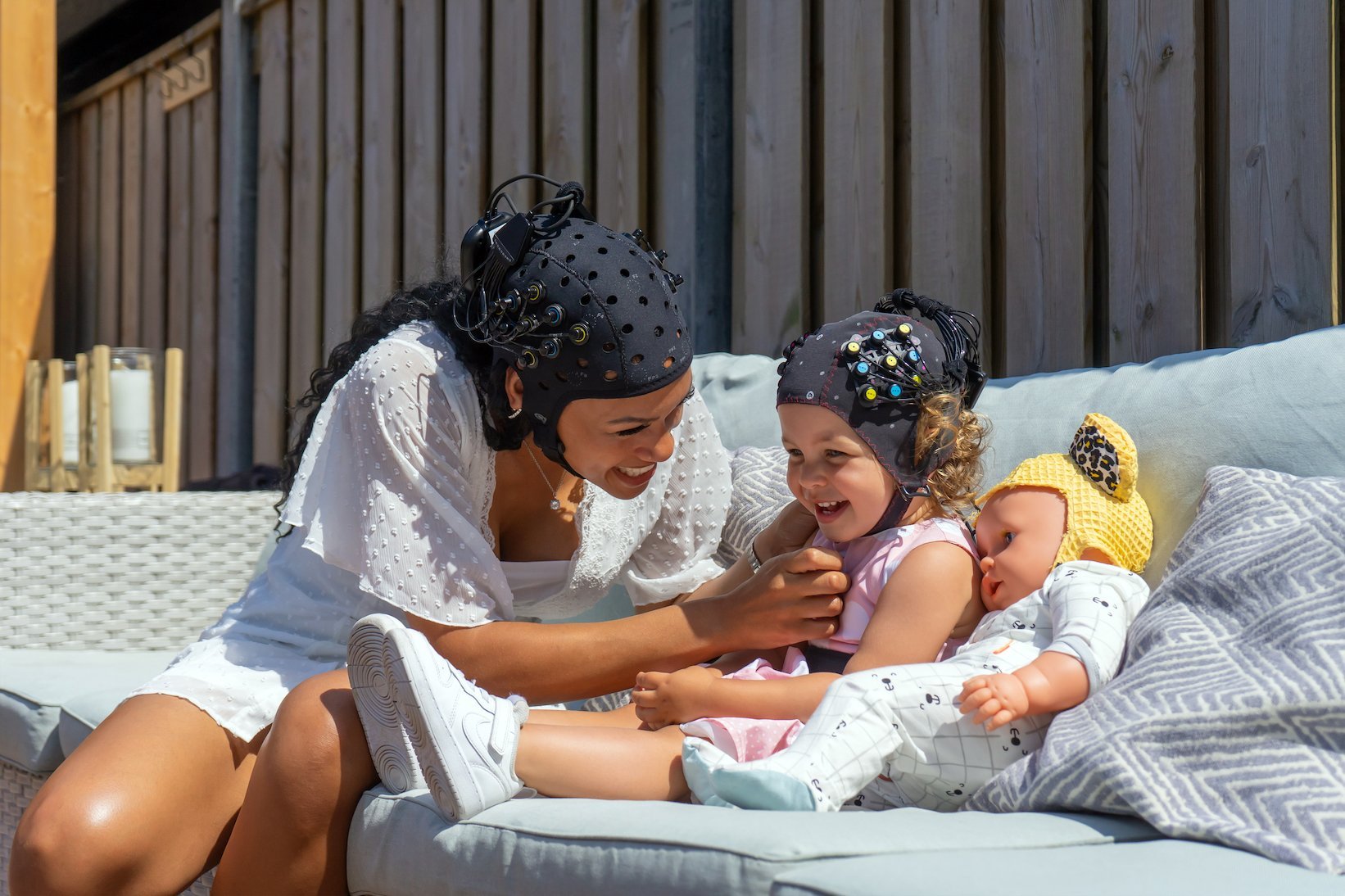
In the following, we list some interesting research of developmental studies performed in infants / toddler using fNIRS devices:
Xie S et al. (2021). An fNIRS examination of executive function in bilingual young children. International Journal of Bilingualism, 25(3), 516–530.
Lai Y et al. (2020). Determining Whether Tennis Benefits the Updating Function in Young Children: A Functional Near-Infrared Spectroscopy Study. Applied Sciences 10(1):407.
Sun F et al (2022). Effect of game-based high-intensity interval training program on the executive function of children with ADHD: Protocol of a randomized controlled trial. PLoS One. Jul 28;17(7)
Our solutions
Optodes The optodes holders for our portable fNIRS devices come with three different heights. This does not only help to ensure accurate skin-optode-contact to improve signal quality, but can also enhance comfort and guarantee easy removal of hair enabling to keep set-up time as short as possible.
The BabyBrite, which is specifically designed for babies aged from 0 to 1.5 years, comes with flat optode tips and extra soft optode holders made from biocompatible materials, to ensure safe and comfortable optode-skin contact.
BabyBrite optodes designed to ensure save and soft contact of optode and skin
HeadcapsTo further improve comfort and signal quality, we design our own headcaps and headbands. These are made of neoprene and hence shield external light to minimize its influence on data quality. They also offer ergonomic fit and equally divided pressure to ensure comfort but still enable the subject to freely move the head.
Artinis Headcaps designed to provide ergonomic fit and best comfort.
LightweightGenerally, all our portable devices weigh less than 300 g to keep extra weight and pressure on the subject’s head as minimal as possible. The control units can either be attached to the headcaps of the subject, or, by using a body belt or armbands, to other parts of the body of the subject or caregiver. This enables free movement without using other fixation solutions, e.g., backpacks, and makes the measurement completely wireless.
Contact us
In this blog post, we explain the usage of fNIRS in sensitive subjects, technological advantages and application possibilities. In case of any specific questions regarding this topic, please feel free to contact us at askforinfo@artinis.com.








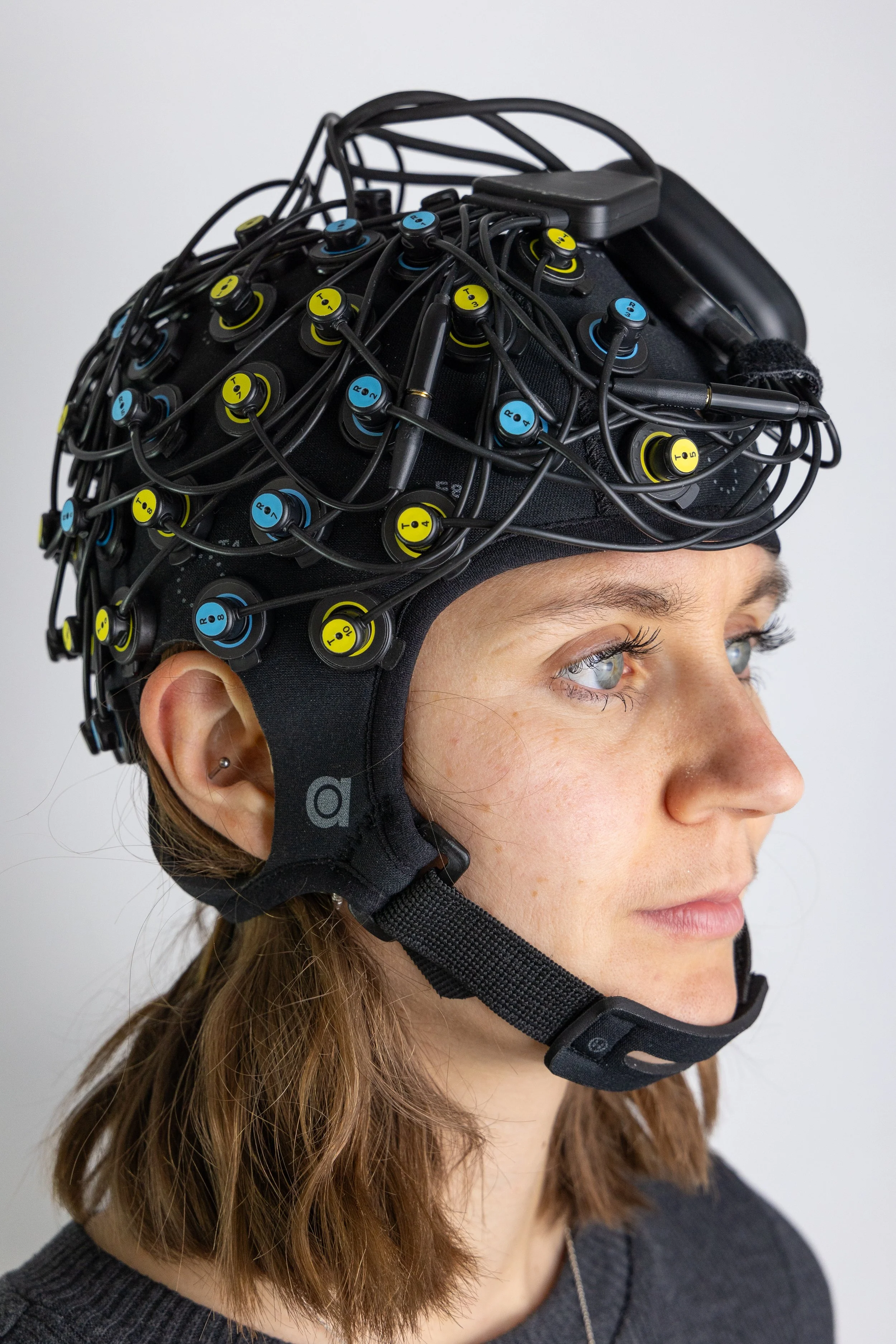


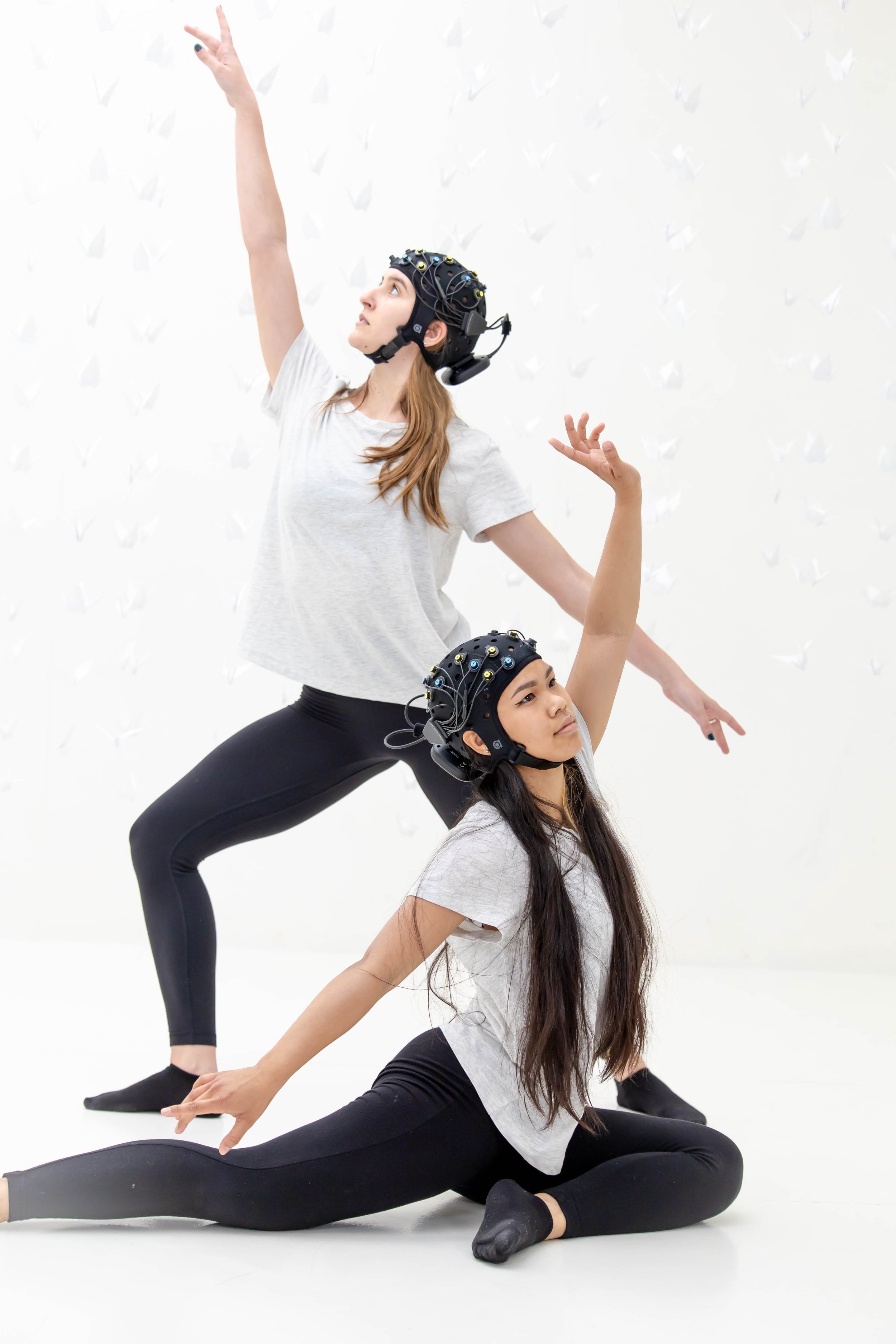
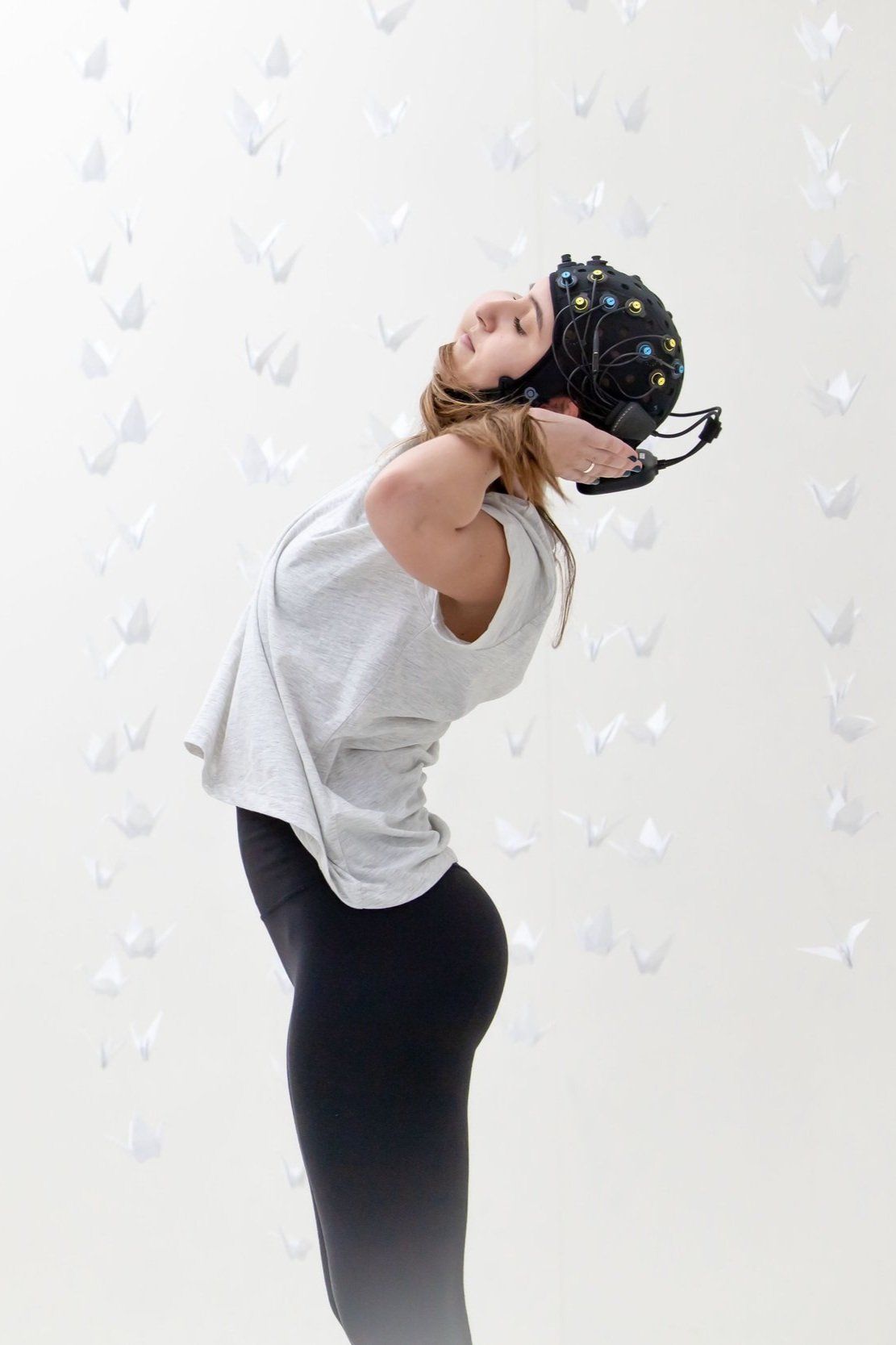
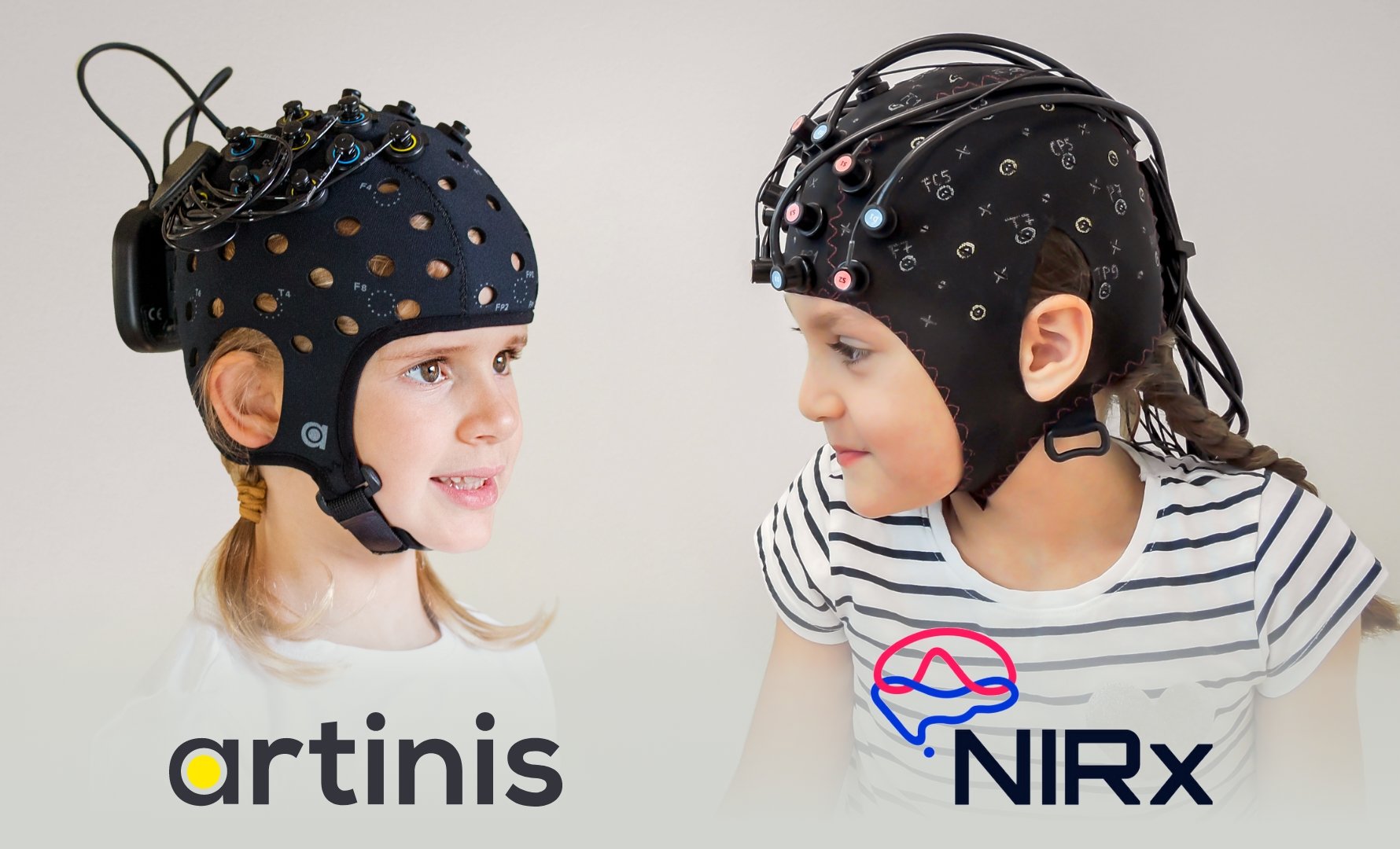
Performing research in real-world environments has been gaining importance in neuroscience. Due to its portability, ease of use, and robustness to motion, fNIRS can be perfectly used in naturalistic settings outside the lab. In this blog, we explain the various applications of fNIRS in the real world, highlight study examples, and provide an overview of the fNIRS solutions we offer to enable research in any setting and with any participant.